The Ultimate Project Management Planning Templates (2025)
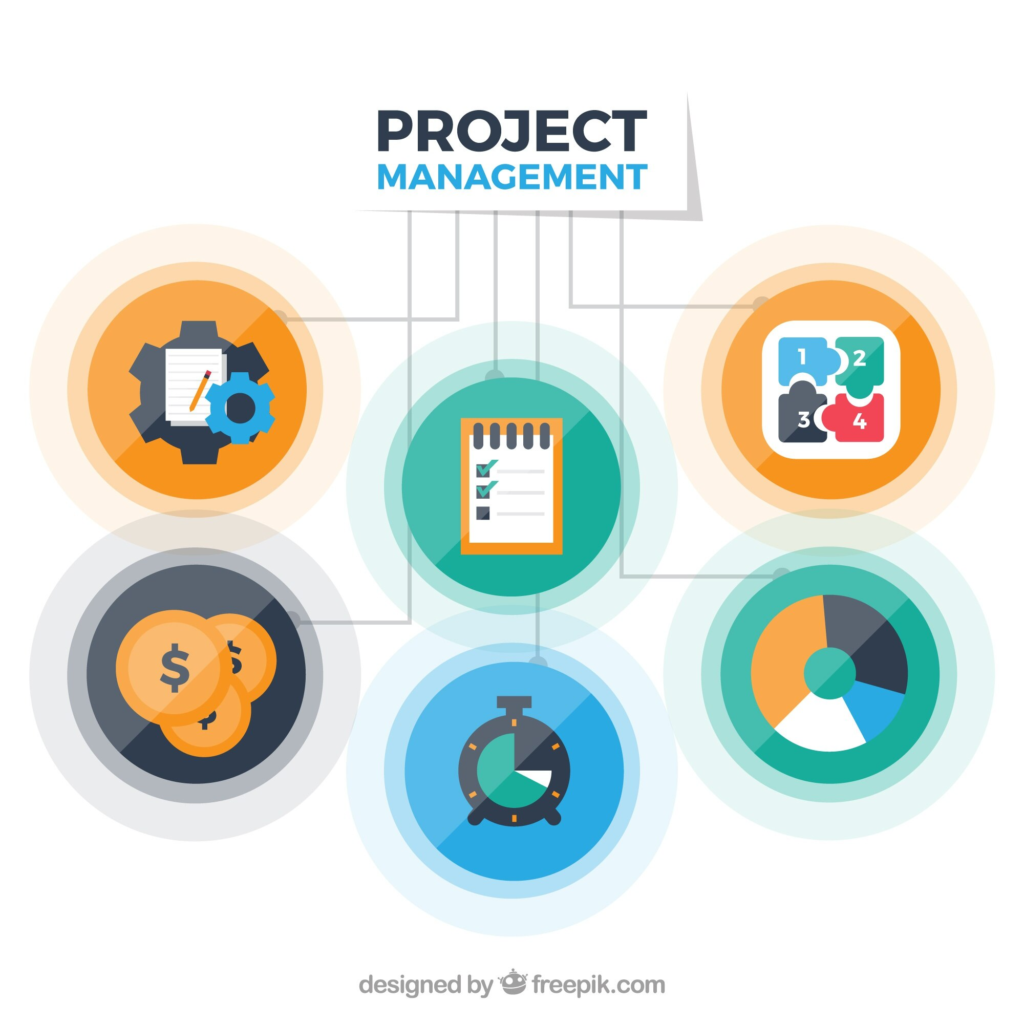
In today’s fast-paced business world, 47% of projects fail due to poor planning (PMI, 2023). Whether launching a product, managing a remote team, or overseeing a construction project, project management planning templates are your secret weapon for staying organized, meeting deadlines, and delivering results. This guide dives into why these templates matter, how to use […]
Project Portfolio Management Dashboard Templates Excel
Project Portfolio Management (PPM) represents a systematic approach to managing and aligning a company’s projects with its strategic objectives. In the modern business environment, PPM stands as a crucial tool for ensuring that projects contribute positively to the overall health and progress of an organization. The Role of a Dashboard in PPM A dashboard in […]
Project Summary Report Template Excel

Intoduction To Project Summary Report Template A project summary report template is a standardized document that concisely summarizes a project’s status, results, and important details. It is a summary or snapshot highlighting the most crucial information for stakeholders, decision-makers, or anybody interested in the project’s status. The template often comprises sections that address crucial project […]
Product Roadmap Template Excel
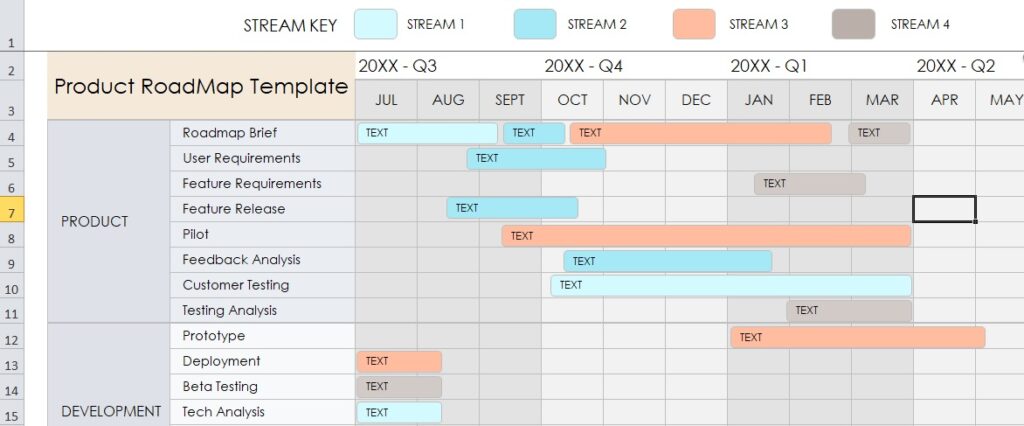
What is Product Roadmap Template? A product roadmap template excel is a visual document that outlines the high-level strategy and plan for developing a product or service over a set time. It typically includes key milestones, deliverables, and timelines that map the product development process from ideation to launch. A product roadmap template aims to […]
Streamline with Project Management Templates Suite
The project management templates suite provides a structured format for creating various types of project documents, such as project charters, plans, budgets, and reports. By avoiding mistakes, saving time, and maintaining uniformity across all papers, they are intended to simplify the project management process. In this article, we’ll look at several popular kinds of templates […]
Ultimate Project Plan Templates

Looking for Ultimate Project Plan Templates for your project? You are in the right place. Here you can review the top PM Templates that are highly recommended for project planning & documentation in 2023. So, before moving forward, it’s important to understand what are the PM templates, their basic functions, their purpose, and how to […]
Project Management Plan Templates PMBOK
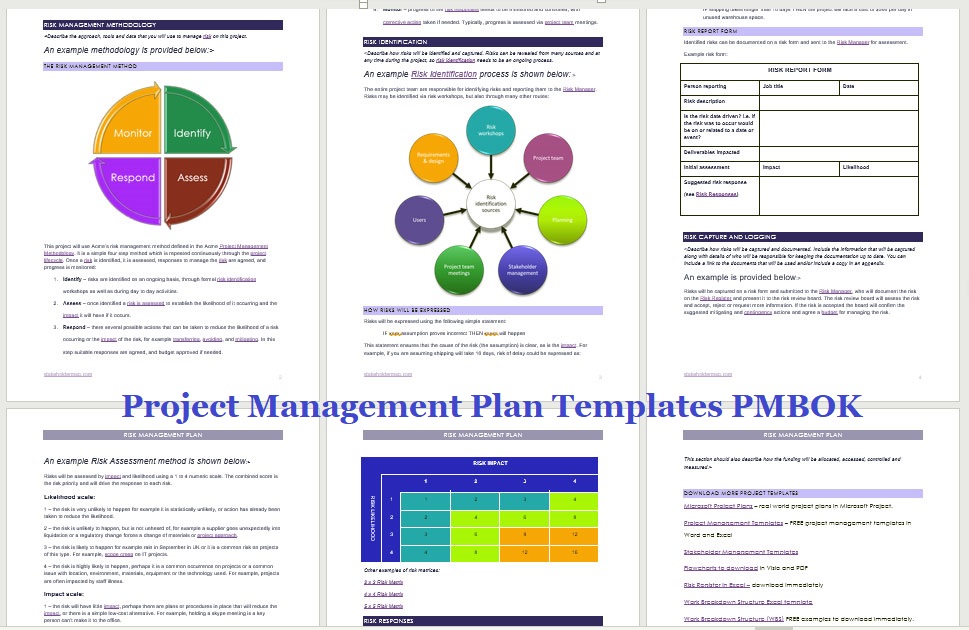
What is PMBOK Project Management Plan Templates? Project management is basically a way to apply the most dutiable and reliable procedures and practices to attain the desired goals and objectives of your project. It is basically the usage of project knowledge and skills to make a project better and run smoothly. Therefore, there are quite […]
Project Plan Template Excel
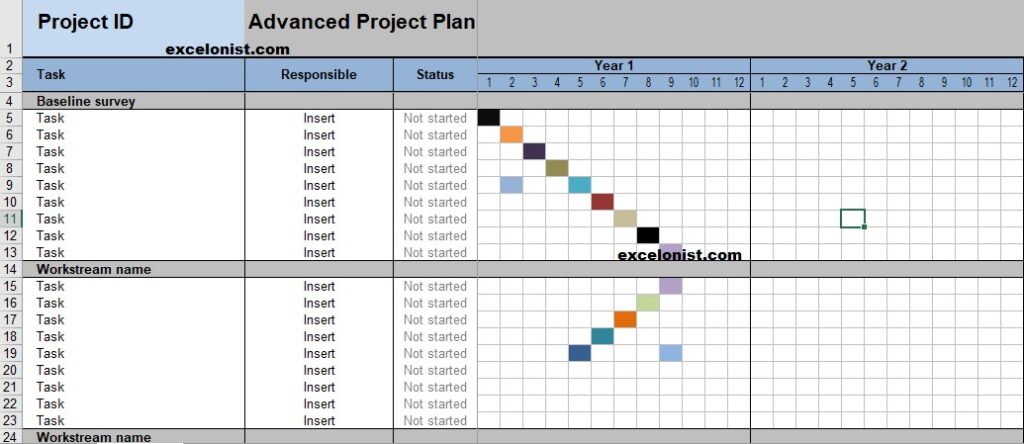
What is Project Plan? Before going to the project plan template in Excel, it is necessary to understand what the project plan is. A Project Plan is a project description that includes the following: Goals, Objectives, due Dates, Activities, Deliverables, Resources, and skills needed, by team members. These are all essential components that a project […]
Project Document Tracker Excel Template
In project management, the Project Document Tracker Excel Template plays a vital role in project documentation. Such as, construction projects need formal documentation that you present to stakeholders, customers & clients. These project documents ensure boost your project progress when all formal documents are well organized. The project tracking templates assist you to achieve your […]
Financial Report Template Excel
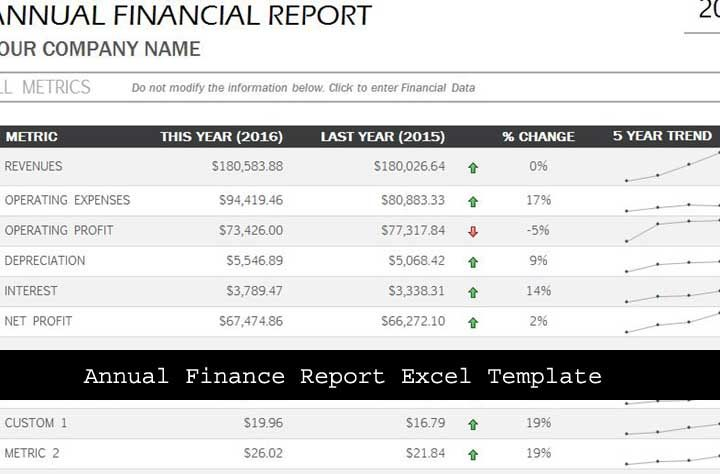
Finances are something that can not be neglected and left unnoticed when comes to business and project management. There is always a need to have some helping tools to manage your finances. There are various tools available for this cause one of them is the financial reporting template. This covers mainly the money matters of […]
